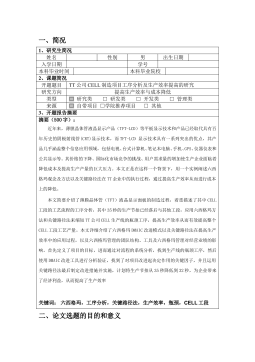Linux2.6内核实时性关键技术的研究
Linux2.6内核实时性关键技术的研究Linux2.6内核实时性关键技术的研究摘要Linux内核的高效和稳定已经在各个领域内得到了大量事实的验证,Linux的内核可以裁剪得非常小巧,很适合于嵌入式系统的需要。嵌入式Linux的优点在于它的版权免费、源码开放、结构紧凑,这为日益增长的应用软件基础提供了坚实的后盾。但是由于Linux是一种通用操作系统,而不是一个真正的实时操作系统,而只能称其为软实时操作系统,而不是一种强实时系统。其标准内核不支持事件优先级和抢占实时特性,没提供很多嵌入式应用程序所需要的可预测响应时间等。所以,在进行嵌入式Linux系统动态扩展性研究开发时,首要的问题是扩展Lin...
相关推荐
-
THE COLOR FACTORY ——色彩心理康复体验中心设计VIP免费
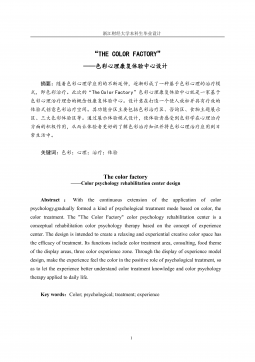
 2024-09-24 13
2024-09-24 13 -
中英大学生创业教育参与主体比较研究VIP免费
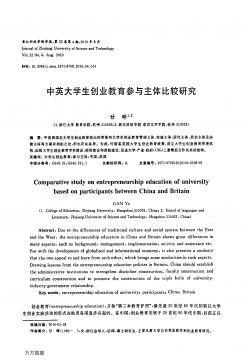
 2024-09-30 57
2024-09-30 57 -
中小学数学培训行业分析VIP免费
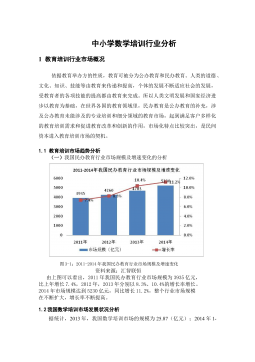
 2024-09-30 21
2024-09-30 21 -
英国大学生创业教育保障体系及其经验借鉴VIP免费
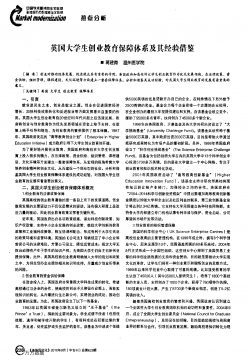
 2024-09-30 64
2024-09-30 64 -
我国大学生创业教育的现状问题及对策研究VIP免费
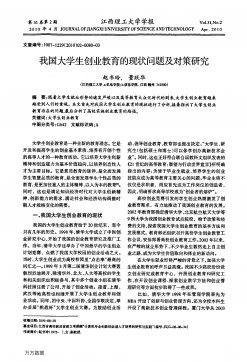
 2024-09-30 39
2024-09-30 39 -
浅谈大学生创业教育中加强思想政治工作的对策问题VIP免费
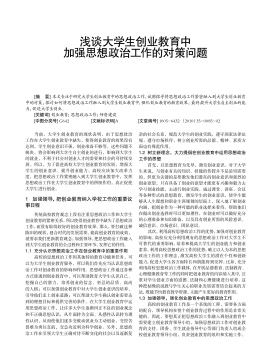
 2024-09-30 22
2024-09-30 22 -
关于我国大学生创业教育目标定位的思考VIP免费
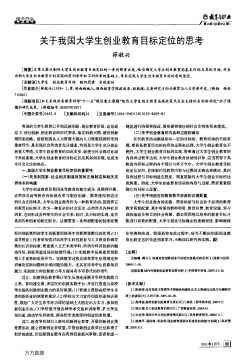
 2024-09-30 70
2024-09-30 70 -
大学生创业教育引入SIYB项目的分析研究VIP免费
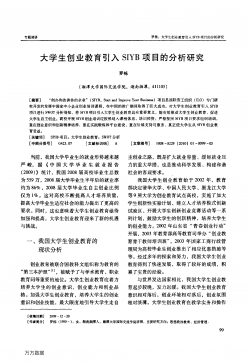
 2024-09-30 53
2024-09-30 53 -
大学生创业教育对策研究VIP免费
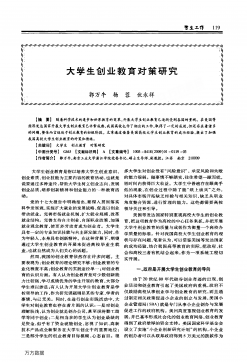
 2024-09-30 51
2024-09-30 51 -
大学生创业教育存在的问题及对策浅析VIP免费

 2024-09-30 63
2024-09-30 63
作者详情
相关内容
-

中小学数学培训行业分析
分类:高等教育资料
时间:2024-09-30
标签:无
格式:DOCX
价格:12 积分
-

英国大学生创业教育保障体系及其经验借鉴
分类:高等教育资料
时间:2024-09-30
标签:无
格式:PDF
价格:12 积分
-

大学生创业教育对策研究
分类:高等教育资料
时间:2024-09-30
标签:无
格式:PDF
价格:12 积分
-

大学生创业教育存在的问题及对策浅析
分类:高等教育资料
时间:2024-09-30
标签:无
格式:PDF
价格:12 积分
-
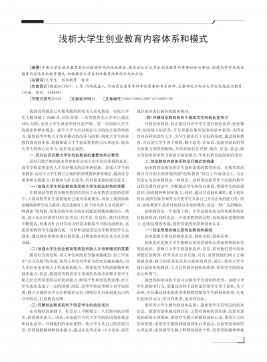
浅析大学生创业教育内容体系和模式
分类:高等教育资料
时间:2024-09-30
标签:无
格式:PDF
价格:12 积分


